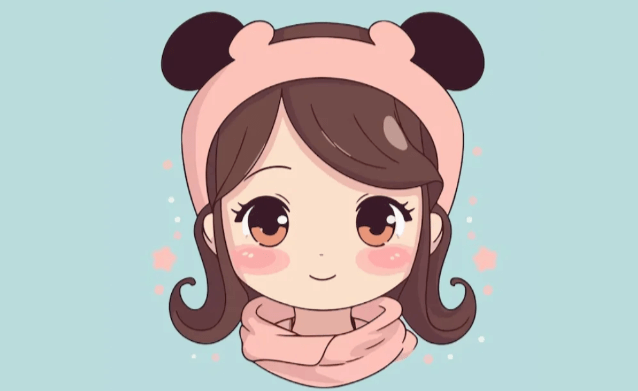Kawaii:Zzkrcgmtkfc= Cute:7qzzb_Kcxsi= Dibujos

The concept of kawaii, deeply rooted in Japanese culture, offers a fascinating lens through which to examine the interplay of innocence and artistic expression. This aesthetic not only captivates audiences with its charm but also raises questions about its broader implications in contemporary society. As we explore the origins and allure of kawaii art, it becomes essential to consider how these whimsical creations influence both individual creativity and emotional connections. What lies beneath the surface of this cultural phenomenon, and how might it shape the future of artistic expression?
Origins of Kawaii Culture
The origins of kawaii culture can be traced back to Japan in the late 1970s, where it emerged as a distinct aesthetic movement characterized by its emphasis on cuteness and innocence, reflecting deeper societal shifts and youth subculture.
This kawaii history underscores a cultural significance that transcends mere aesthetics, encapsulating a yearning for freedom, individuality, and emotional expression within a rapidly changing society.
The Allure of Kawaii Art
Kawaii art captivates audiences through its vibrant colors, whimsical characters, and emotional resonance, making it a compelling form of expression that appeals to both the young and the young-at-heart.
Rooted in kawaii aesthetics, this art form transcends mere cuteness, facilitating profound emotional expression.
Its ability to evoke joy and nostalgia fosters a sense of connection, inviting viewers into a playful yet meaningful world.
Read also Cute:-Wndmrnomb4= Ant
Creating Your Own Kawaii Drawings
Embracing the enchanting elements of kawaii art allows aspiring artists to explore their creativity while developing unique characters and scenes that resonate with personal emotions and experiences.
By mastering kawaii character design and employing various drawing techniques, artists can infuse charm and personality into their creations.
Experimenting with proportions, colors, and expressions is essential for crafting captivating kawaii drawings that truly reflect individuality.
Conclusion
In conclusion, kawaii culture serves as a vibrant tapestry woven from threads of innocence and creativity, inviting individuals to explore their artistic potential.
The allure of kawaii art lies not only in its aesthetic appeal but also in its ability to forge emotional connections across diverse audiences.
By embracing the principles of this whimsical phenomenon, artists can contribute to a rich tradition that continues to inspire joy and nostalgia, illuminating the world with its charming brilliance.





